Speed Controller: Everything You Need to Know
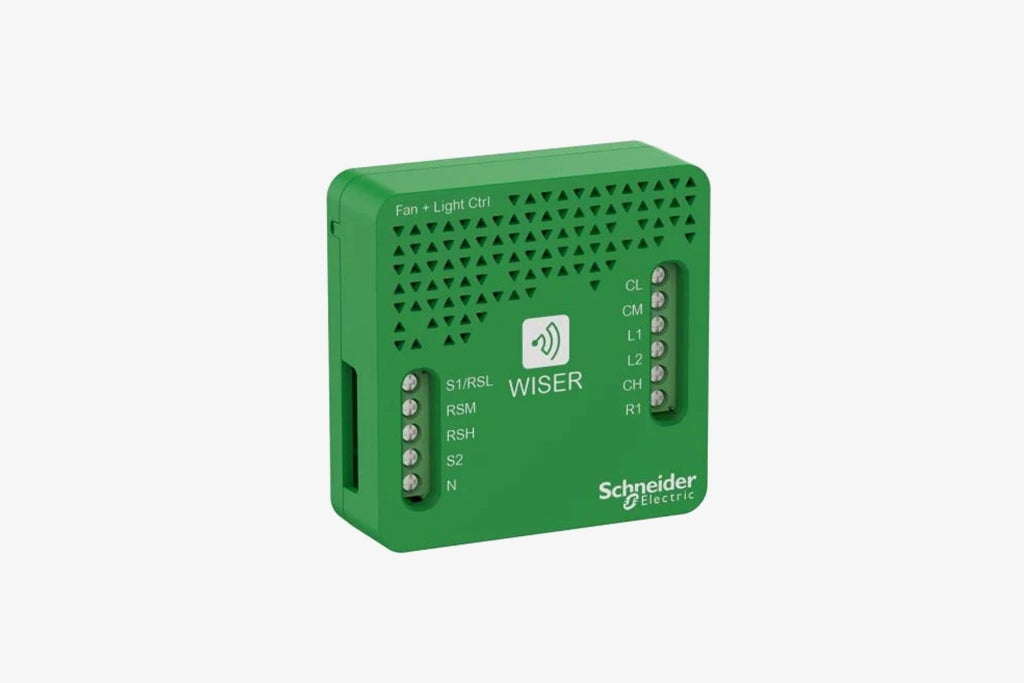
Electric motor speed control is already seen throughout contemporary civilization. Thus, the list of speed control machines primarily covers a wide variety of machines ranging from simple electrical appliances used in a home, such as in the garage or yard, to big industrial facilities through pumps, machine tools, conveyor belts, and so on.
As a result, we can see how vital and necessary this speed control approach is for a variety of electrical machinery. We cannot execute for an extended period of time unless we have an effective means of controlling speed. As a result, the electronic speed control technique is utilized to regulate both the equipment and the rotational speed of the motor. This page provides an overview of electrical speed controller for motors, drones, and vehicles, among other things.
What is a Speed Controller?
An electronic speed controller (ESC) is an electronic circuit that controls and regulates the speed of an electric motor. It may also provide reversing of the motor and dynamic braking. Miniature electronic speed controls are used in electrically powered radio-controlled models.
ESCs use the direct current from the battery to generate a three-phase trapezoidal waveform for the motor. The ESC translates the user's throttle input into changes in speed. By controlling the voltage of the supply power, the ESC can control the speed of the motor.
The main benefit of using an ESC is that it can provide infinitely variable speed control for the motor. This allows the motor to operate at the low- or high-speed required by the load without needing additional speed-varying devices between the motor and load.
An electronic speed controller may be built with three key components: a voltage regulator/BEC (Battery Eliminator Circuit), a Processor, and switching components such as FETs. The BEC is a separate electrical speed control that will provide power back to your receiver and then to the servos.
When the motor is powered by a battery, the BEC will retain some power for flight control in risky conditions, ensuring that the motor does not use the whole power supply from the battery. At the moment, the CPU is entirely contained on a single Si semiconductor chip.
This processor's primary role is to decode the data received from the model's receiver and to manage the power to the motor using FETs. This transistor is critical in doing all of the work in an ESC. It monitors the total current and voltage of the motor as well as the battery. This transistor functions as a switch to regulate current flow and so throttle the electric motor.
Also Read: What Are Variable Speed Drives? The Ultimate Guide
How does an electronic speed controller Work?
ESC plays an important function in vehicles by keeping a car from sliding and the driver from losing control while driving. This technology engages the brakes automatically to assist in steering the car in the appropriate direction.
It is one of the most important active safety systems that are already integrated into automobiles and commercial vehicles. A maximum number of automobiles with ESC technology are available in a European nation. Active safety technology, for example, may avert tragedies entirely or actively aid the driver in reducing the effect of a crisis.
In risky circumstances, these devices provide the driver more control. As a result, many safety systems constantly monitor the vehicle's performance and surroundings.
What Does a Speed Controller Do?
To modify the speed of a switching network of field-effect transistors, an ESC or electronic speed controller primarily follows a speed reference signal. The switching frequency or duty cycle of the transistors may be modified to alter the motor speed.
Different types of speed controls are required for BLDC motors since the motor speed may be adjusted by altering the voltage on its armature. This kind of motor necessitates a diversified operating rule, such as changing the motor speed by adjusting the timing of pulses for current supplied to the various motor windings.
Brushless ESC systems typically use 3-phase AC power, such as a variable frequency drive (VFD), to power brushless motors. These motors are more popular than brushed motors because of their power, efficiency, lightweight, and lifespan. BLDC motor controllers are much more complicated than brushed motor controls.
The precise phase varies as the motor rotates, which may be accounted for with the electronic speed control. In general, the rotation of this motor may be sensed using back EMF, although certain modifications will use optical detectors or independent Hall Effect sensors.
In general, programming-based speed controls primarily contain certain user-specified choices for braking, acceleration, timing, and rotation direction. By moving any three of the ESC's leads toward the motor, the motor's direction may be reversed.
Also Read: Turn Your Home Into A Smart One With Home Automation System
Types of Electronic Speed Controller
There are two types of ESCs—brushed and brushless. Brushed ESCs use a commutator to switch the polarity of the voltage applied to the windings of the motor, while brushless ESCs use electronic switches to control the flow of current in the windings.
Brushed ESCs are simpler and less expensive than brushless ESCs, but they are less efficient and have shorter lifespans. Brushless ESCs are more expensive, but they are more efficient and have longer lifespans.
1. Brushed Speed Controller
A brushed speed controller uses direct current (DC) and only needs one "bank" (often paralleled to double current capacity) of FETs in an ESC. To throttle the engine, they merely chop up the flow of power. Commutation is handled mechanically inside the motor using brushes and a sectioned commutator.
2. Brushless Speed Controller
A brushless motor is a three-phase AC (Alternating Current) motor that is a bit more complicated since it contains three "banks" (often paralleled to multiply current capacity), one for each phase. A brushless motor is also always wound in multiples of three, with each set of windings representing one phase.
A brushless ESC throttles the motor differently than a brushed ESC since it has two components. The electromagnetic field jumps from one phase to another, driving the magnets around the stator and increasing the "volume" of energy reaching the coils. The "volume" of electricity is handled similarly to the brushed motor.
Timing is also added to a brushless motor. This is when a phase is powered, and the feedback from the unpowered phases conveys the location of the passing magnet to the processor, allowing the processor to know the position of the rotor and maintain proper timing. This is why a Brushless motor won't operate with a Brushed ESC and vice versa.
Selecting the Right Electronic Speed Controller
When it comes to choosing the right electronic speed controller (ESC), there are a few key factors to keep in mind. Here are some tips to help you select the right ESC for your needs:
1. Current Rating
One of the most important factors to consider when selecting an ESC is the current rating. This is the maximum amount of current that the ESC can handle. Make sure to choose an ESC with a current rating that is appropriate for your motor.
2. Input Voltage Rating
Another important factor to consider is the input voltage rating. This is the maximum voltage that the ESC can handle. Make sure to choose an ESC with an input voltage rating that is appropriate for your battery.
3. Weight and Size
Another factor to consider is the weight and size of the ESC. Some ESCs are very small and lightweight, while others are larger and heavier. Make sure to choose an ESC that is the right size and weight for your drone.
4. ESC Firmware
Some ESCs come with firmware that can be updated. This can be important if there are new features or bug fixes that you want to have. Make sure to check if the ESC you are considering has updateable firmware.
5. Connection of ESC with Motor
The way that the ESC connects to the motor is also important. Some ESCs use three-phase connections, while others use four-phase connections. Make sure to choose an ESC that uses the same type of connection as your motor.
Read More: Introduction To Light Dimmers And Fan Regulators
6. ESC Protocols
ESCs use different protocols to communicate with the flight controller. Some of the most common protocols are PWM, Oneshot, and Multishot. Make sure to choose an ESC that is compatible with the flight controller you are using.
7. ESC Processors
ESCs come with different processors. Some ESCs have simple processors, while others have more complex processors. Make sure to choose an ESC with a processor that is appropriate for your needs.
Wrapping It Up
The electronic speed controller (ESC) is a critical component of the hardware of an electric propulsion system. It functions as the system's brain, directing the motor how fast to travel depending on data supplied from the throttle controller.
This controller is known as an ESC in smaller applications like as drones and RC vehicles, but it may also be known as an electronic control unit, inverter, or motor controller in larger industrial applications.
The ESC's mechanism, as well as its interaction with the battery and motor, is pretty intriguing. Having a strong grasp of this key drone component will help you enhance your knowledge and your construction.

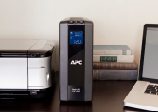
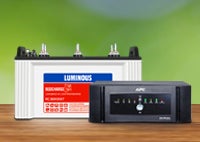

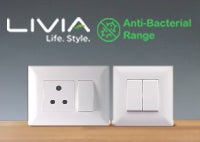
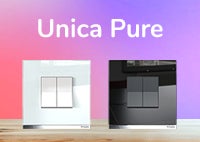
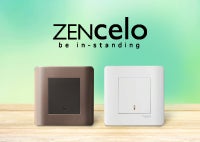
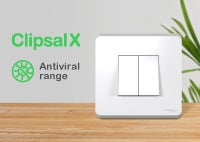
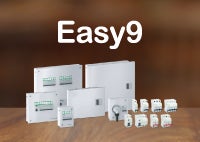
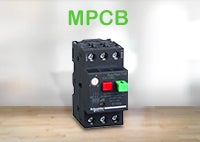
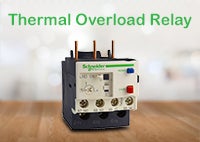
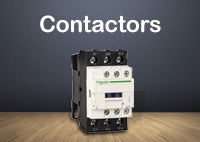
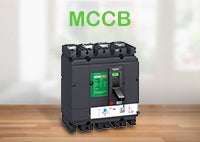
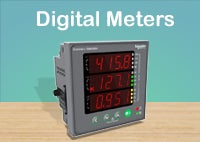
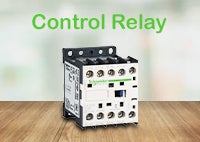
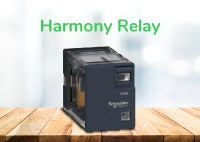
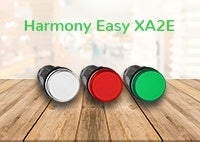
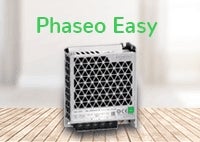
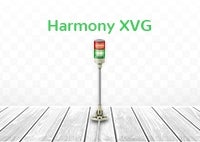
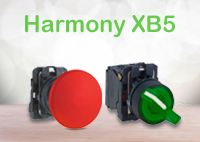
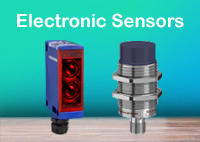
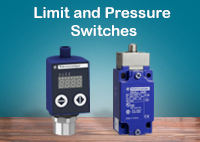
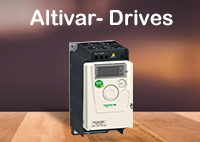
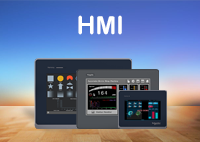
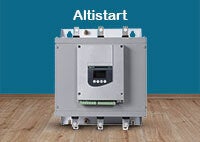

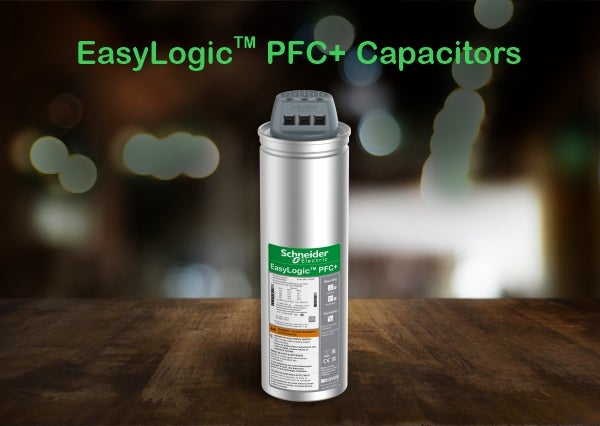
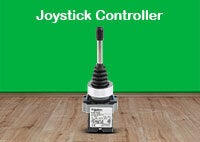
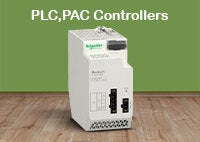
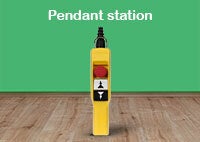




Comments